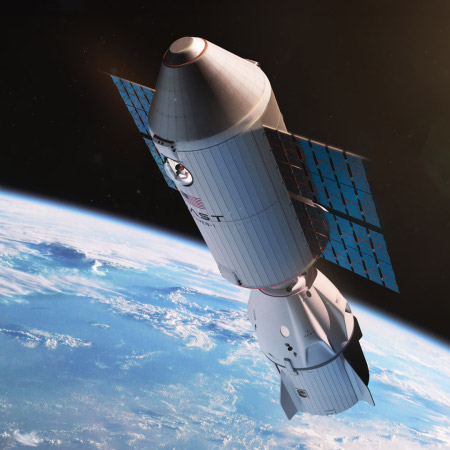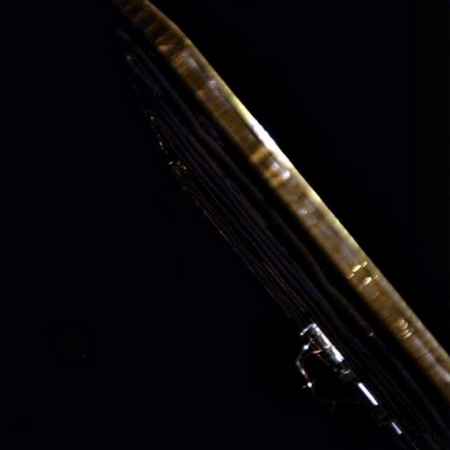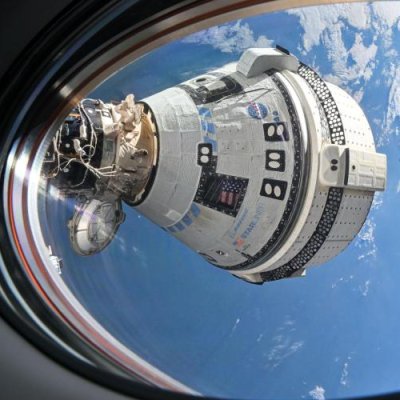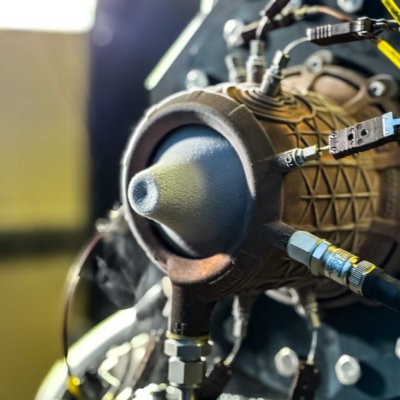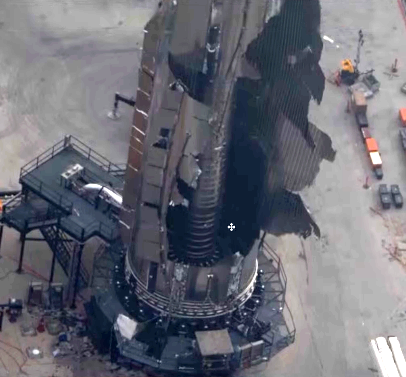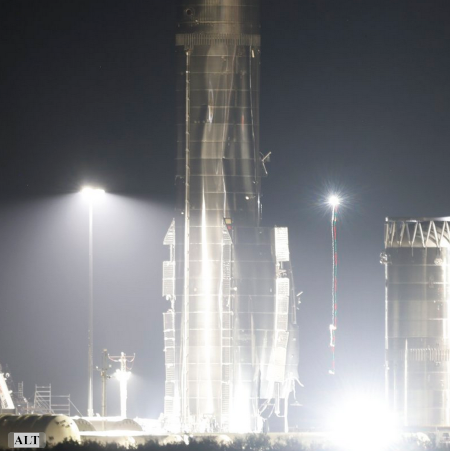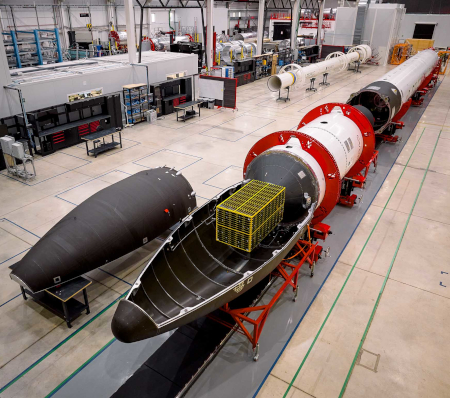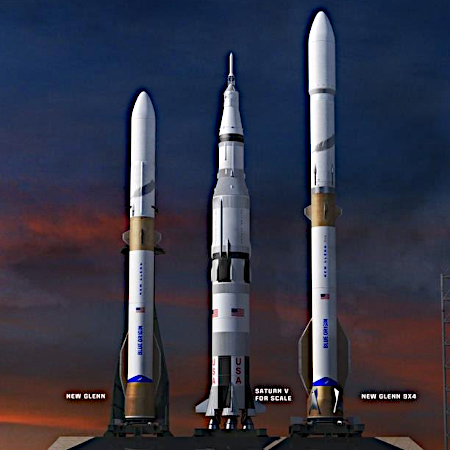
It appears that the European Space Agency (ESA) is now recognizing that two of its major partnership deals with NASA are likely going to fall apart, and it has therefore begun putting forth new proposals to repurpose those projects during a meeting in Germany this week of its member states.
The two projects are ESA’s Earth Return Orbiter intended to bring Perseverance’s Mars samples back to Earth, and its service module for NASA’s Orion capsule. In the former case, NASA’s decision to cancel the Mars Sample Return Mission leaves that orbiter in limbo. NASA might still fly a sample return mission, but it will almost certainly not do it as originally planned, involving numerous different components from many different sources in a complex Rube-Goldberg arrangement. ESA is now considering repurposing this orbiter as a research spacecraft studying the Martian atmosphere while also being a Mars communications satellite for other missions.
As for the Orion service module, ESA is now recognizing that it is unlikely NASA will continue funding Orion after it completes its presently scheduled missions, totaling at most four. ESA has contracted to build six service modules, and is now studying options for using the last few in other ways, such as a cargo tug in low Earth orbit.
ESA officials are also reviewing its entire future at the conference, considering how private enterprise has completely outrun it in all ways. Its expendable Ariane-6 rocket is a long term financial bust, being too expensive to compete in the modern launch market of reusable rockets. Its proposed IRIS2 satellite constellation will cost too much and launch far too late to compete with the private constellations already in service or being launched by SpaceX, AST-SpaceMobile, Amazon, and China.
To counter this trends, ESA has already made some major changes, shifting ownership and control of its rockets back to the private companies that build them. However, its bureaucracy has appeared resistant to this change, and is apparently lobbying for more funding and control at this week’s meeting, asking the member nations to increase their funding to the agency, giving it a total budget of 22.2 billion euros. There has also been lobbying by ESA supporters for a new Space Law that would supersede the individual space laws of its member states, and also attempt to impose its regulations on non-member nations, beyond its sovereign authority. That law is strongly opposed by the U.S., the private sector, and even some of ESA’s member nations.
The bottom line however is that the nature of the European Space Agency is undergoing major changes, with its work increasingly shifting to its member nations instead of being part of a cooperative effort. While ESA bureaucrats continue to push to protect and strengthen their turf, ESA’s member nations have been increasingly pushing back, and winning that battle.



